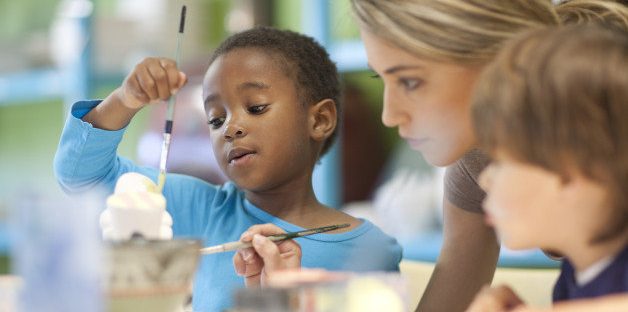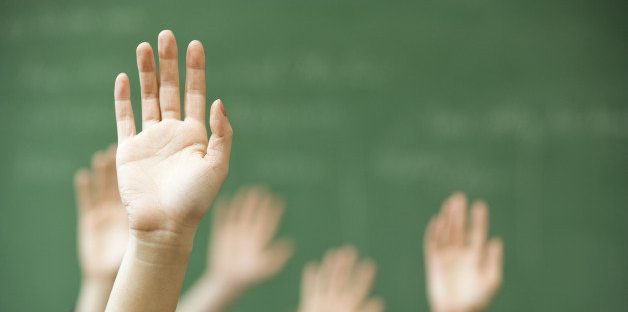We just went through the season of celebration, but, really, is there anything to celebrate? There are hundreds of thousands of refugees crossing the Mediterranean and Aegean seas, fleeing war, persecution and violence in Syria, Afghanistan, Iraq and many other countries. The indiscriminate terrorist attacks killing 130 people in Paris were so senseless, as was … Continue reading Surviving a Broken World
Shouldn’t We Be Helping Those at Home First?
The United States spends $30 billion a year on official development assistance overseas, according to Oxfam America. [...] We have foreign aid [to protect] our national security with [the] hopes it will reduce [the] poverty and injustice that fuel social tensions and [destabilize] countries. It also helps with our own economic interests, because aid can … Continue reading Shouldn’t We Be Helping Those at Home First?
Has America Given up on Arts Education?
Here we are heading into another school year, and, once again, communities all across America are struggling with funding cutbacks that affect teachers, school programs and school facilities. Much like marketing is the first department to be cut back when a business has to downsize, the arts-education departments are the first to lose funding when … Continue reading Has America Given up on Arts Education?
How Do We Include All Kids?
If an American family has an exceptionally bright child, we can usually figure out how to surround them with the right educational opportunities to help them excel. The National Association for Gifted Children estimates there are three million gifted children currently in U.S. classrooms. According to this group’s definition, these are children “who demonstrate or … Continue reading How Do We Include All Kids?
Can’t Blame the Teachers for Getting Us into This Mess
In today’s America, why would anyone ever want to become a teacher? The budgets for our classrooms dwindle each year, and teachers continue to take money out of their own pockets to provide their students with supplies. The schools are getting older, and fewer new schools are being built annually. Based on the school shootings … Continue reading Can’t Blame the Teachers for Getting Us into This Mess
Dropouts Are Putting a Major Strain on Our Economy
Despite all the efforts of every president from Kennedy to Obama, [high-school dropouts] are a blight on our society. According to DoSomething.org, [more than] 1.2 million students drop out of high school in the United States every year, [or roughly] 7,000 kids a day. [In 1970], the United States [...] had the world’s highest graduation … Continue reading Dropouts Are Putting a Major Strain on Our Economy
Who Pays for Our Kids’ Education?
CBS News reported there are 200 one-room public schools located in rural areas left in America. At one time, just about every child was taught in a one-room school. Our second president, John Adams, taught in a one-room school near Boston. Abraham Lincoln was educated at a one-room school. Henry Ford loved his one-room schoolhouse … Continue reading Who Pays for Our Kids’ Education?
Kids Lose Their Future to Poverty
Now that one school year is over and we are preparing for the next, June is a month of reflection for educators and parents on how to do better [for the] next school year. It is hard enough for students to learn at school in today’s world. You throw in overcrowding, teacher-to-student ratios, poverty affecting … Continue reading Kids Lose Their Future to Poverty
It’s Too Expensive to Go to College Anymore
According to the [United States] Census Bureau, there are 59 million people 25 years or older who hold a bachelor’s degree or higher. Business [remains] the most popular major, with 12 million [graduates], while [e]ducation [is] the second most popular, with 8 million [graduates]. The median income for high school [graduates]—[those] who [have] never [gone] … Continue reading It’s Too Expensive to Go to College Anymore
Teachers Have It Rough, but Kids Are the Ones Who Suffer
With the start of the school year, we have yet another terrifying shooting incident—[this latest], at the McNair Discovery Learning Academy [...] in Decatur, Ga., [occurred] less than a year [...] from the tragedy in Newtown, Conn. Between Newtown and Decatur, the United States has [witnessed] 12 other shootings at schools. I just can’t [imagine] … Continue reading Teachers Have It Rough, but Kids Are the Ones Who Suffer

